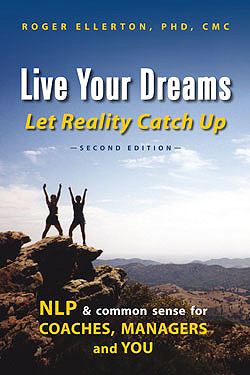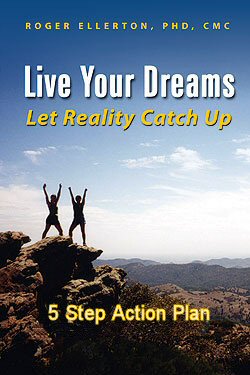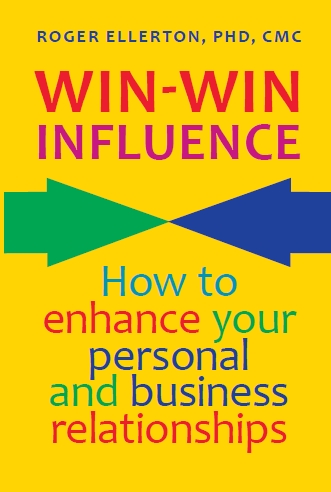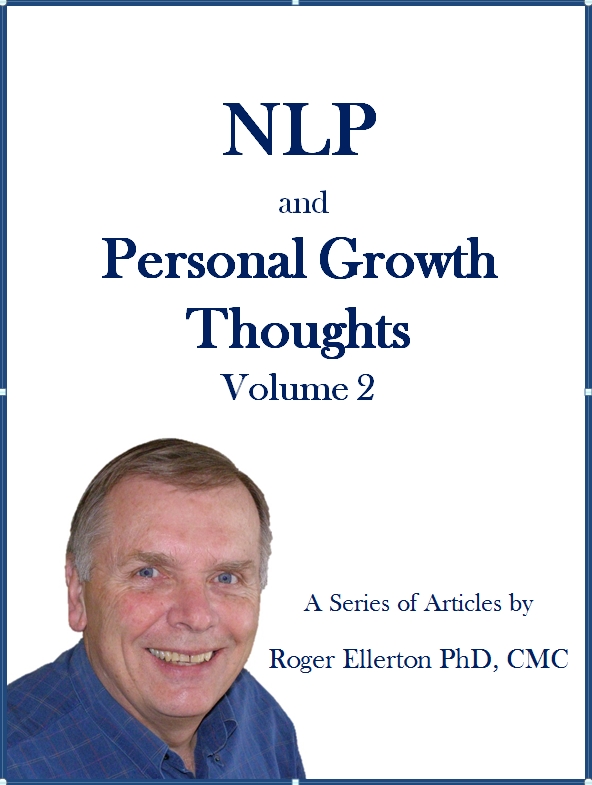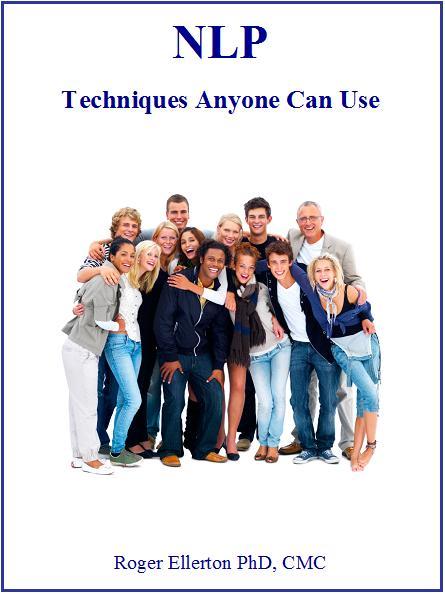Resolving Conflicts - Working with Parts
By Roger Ellerton Phd, ISP, CMC, Renewal Technologies Inc.
This article may not be republished without written permission from Roger Ellerton/Renewal Technologies Inc. If you republish this article without permission, you will be in violation of copyright law and sent an invoice. You may share this and other pages with your friends by linking directly to this page from your website or blog.
Many of our outcomes for career, family, romance, health and purpose in life are based on the requests, desires or expectations of others - parents, spouse, teachers, religious leaders, boss and society. Yet these are not our personal outcomes, and therefore do not provide the energy that propels us forward to truly achieve our highest potential. When we struggle with our outcomes, almost always there is some hidden inner conflict that needs resolution. Often we are less than fully alive because of these inner conflicts.
Sometimes you may have an internal conflict or incongruence about some aspect of yourself and feel as it you are of "two minds" on the issue. In NLP, we call these parts and each is capable of having different intentions and functioning independent of the other. You may experience a conflict between: your job - spending time with your family; your career - your health; being entrepreneurial - playing it safe; freedom - settling down with someone special.
A parts conflict is often revealed through the words you use. These can be phrases such as "on the one hand," "I feel torn about this," or "a part of me agrees with you." Your behaviors may suggest different attitudes, and those attitudes may vary in different contexts. You may have one set of behaviors at work and a different set at home. Here's an important question you may ask yourself: If your co-workers and family members happen to be gathered together at the same place and the same time, which set of behaviors would you display - who would you choose to be?
From the viewpoint of logical levels, parts - in conflict - may form at the following levels: 1) spiritual (your purpose in life), 2) identity (who you see yourself being), 3) beliefs/values (health or career), and 4) capabilities/strategies (skills or strategies to be a good parent or not, for example). The higher the logical level at which the parts form, the more pervasive the impact. Parts at the identity level will have their own supporting beliefs and values, as well as different capabilities and strategies and may act as different entities altogether.
The notion of "parts" originated with the works of family therapist Virginia Satir and Gestalt therapy founder Fritz Perls. Some NLP practitioners argue that individuals should not have any parts. My personal view is that people can have parts, as long as the parts are working in a holistic sense. For example, it is nice to know that I have a creative part, a compassionate part, or one that is working on my safety or giving me new challenges. These parts express different aspects of my nature that I'm able to access when I need specific assistance. However, a problem may arise when two or more parts are in conflict and do not co-operate with each other.
The visual squash is a NLP technique that was created by Richard Bandler and John Grinder in the 1970s. Its purpose is to integrate conflicting parts. Since then, it has developed and evolved in a number of ways to include exploring the positive intention of each part by chunking up, negotiation between the parts, as well as reframing. This revised technique is often referred to as parts integration and is described in Live Your Dreams Let Reality Catch Up: NLP and Common Sense for Coaches, Managers and You.
Author: Roger Ellerton is a certified NLP trainer, certified management consultant and the founder and managing partner of Renewal Technologies. The above article is based on his book Live Your Dreams Let Reality Catch Up: NLP and Common Sense for Coaches, Managers and You.
Copyright © 2005 Renewal Technologies Inc. All rights reserved.


